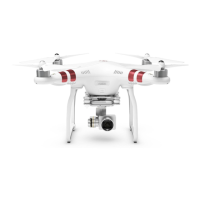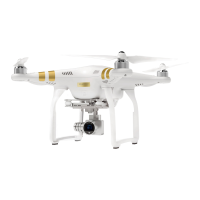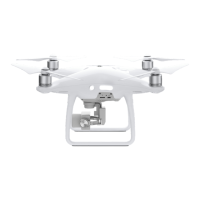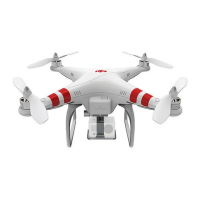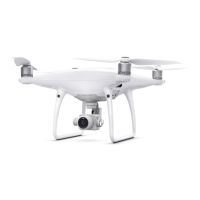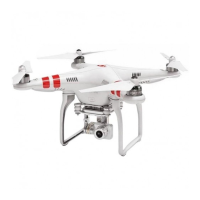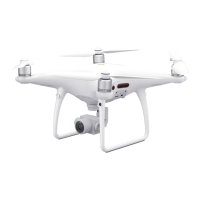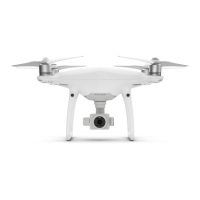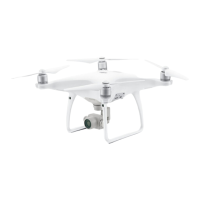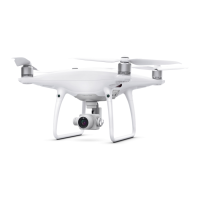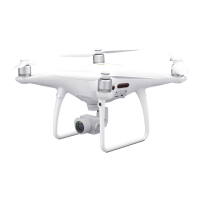can be selected, there are several channels to choose from and are changed by moving the dip switches on
the transmitter module. Care should be taken to ensure that the switch positions on the transmitter and
receiver match to ensure a link.
29. Charging and Fitting of Batteries
The Leicester Drones Pilot-In-Command is responsible for charging and fitting flight battery packs to the
aircraft. All battery packs should be charged and checked as part of the embarkation checklist found in
Appendix D. All Leicester Drones battery packs will be identified by a unique specific identification number
applied to the battery pack. Battery identification codes can be found in the front of the Battery Charge
Logbook.
All Leicester Drones battery information will be recorded in the Battery Charge Logbook, an example of
which can be found in Appendix E.
The procedure for flight battery charging is:-
Measure the battery residual charge % and enter the value in the corresponding charge logbook box.
Connect the battery to the charger charge lead and balance lead.
Select the appropriate settings on the charger for the battery.
Place the battery pack into the Lipo-Safe bag and start the charge cycle.
Stay in the area of the charging battery, never leave unattended.
When battery is charged log the mAh charge input in the charge logbook.
Switch off the charger and disconnect the battery pack.
Fit the “Charged” peg to the battery lead to confirm this battery is ready for use.
Batteries must be charged in “Lipo-Safe” protective bags using the correct specific battery charger in line
with the manufacturer’s guidelines. Batteries must never be left unattended whilst charging. A fire
extinguisher must be present when charging battery packs. All batteries will be stored in the large storage
box marked “Batteries”. Any battery packs showing anomalies will not be used and must be disposed of
through the recognised battery disposal area at the council refuse site.
Before any battery is to be used the voltage must be checked by pressing the button on the intelligent flight
battery and noting the number of lights and this reading should be logged in the charge logbook in the
appropriate box. Any battery under 90% charge will not be fitted. The charged peg must be removed from
the battery to identify that this battery is no longer fully charged and requires charging before being refitted.
If a battery pack is not used in any three month period it must be checked and charged if required.
See this Guide for further Details – 4 Max Lithium Polymer Battery Guide
30. Loading of Equipment
The Leicester Drones Payload Operator is responsible for ensuring that the payload is ready to use. If the
payload is a camera the memory card should be empty and the battery should be fully charged.
The Leicester Drones Pilot-In-Command is responsible for ensuring that the payload is securely fitted to the
airframe. All payloads require two mechanical fixings such as a retaining bolt and safety lanyard before flight
operations can commence. The Pilot-In-Command should ensure that the aircraft balances correctly with the
selected payload fitted, adjustments to position should be made to ensure this is the case and under no
circumstances should the aircraft fly if the balance is not within limitations. The centre of gravity is marked
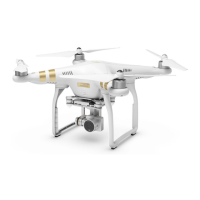
